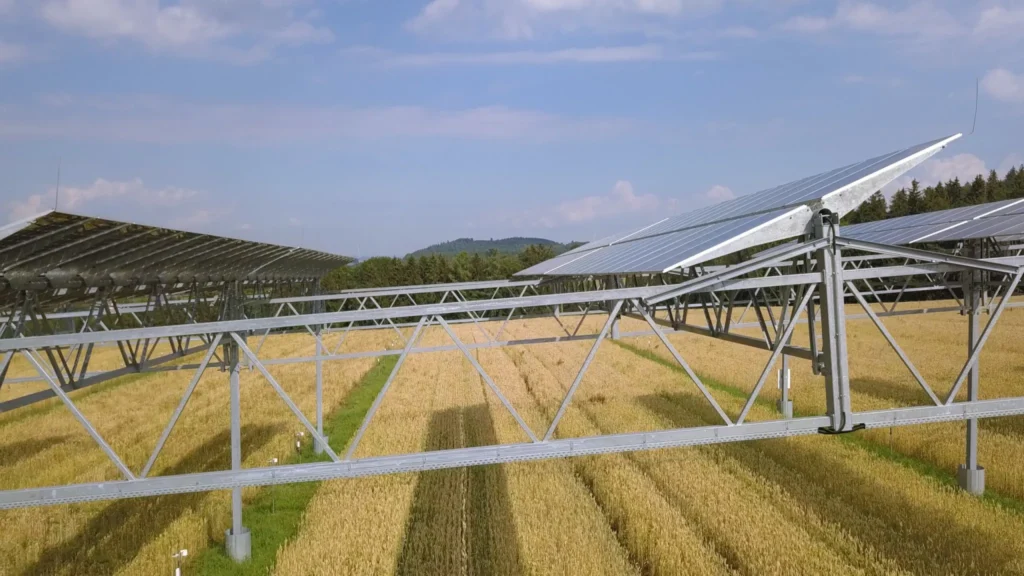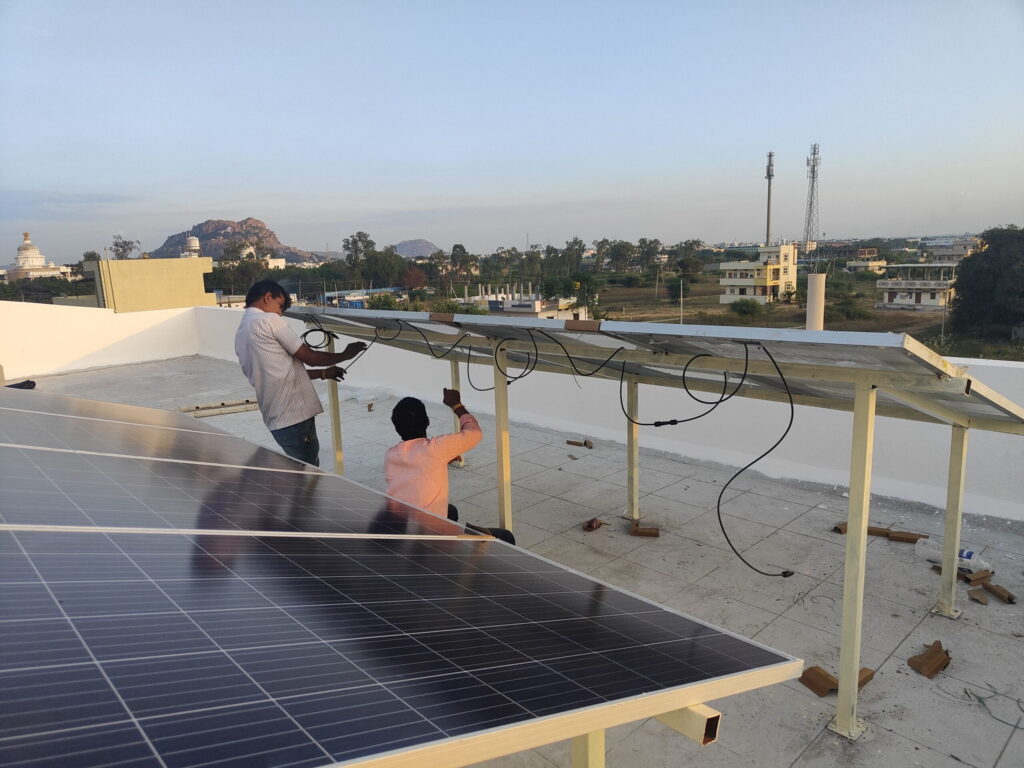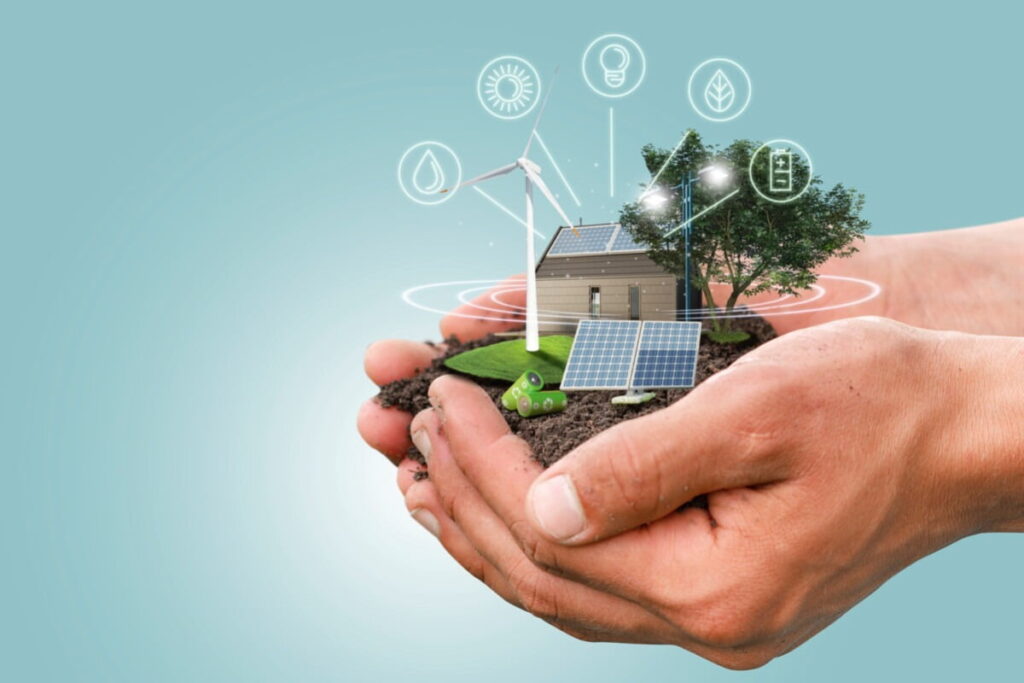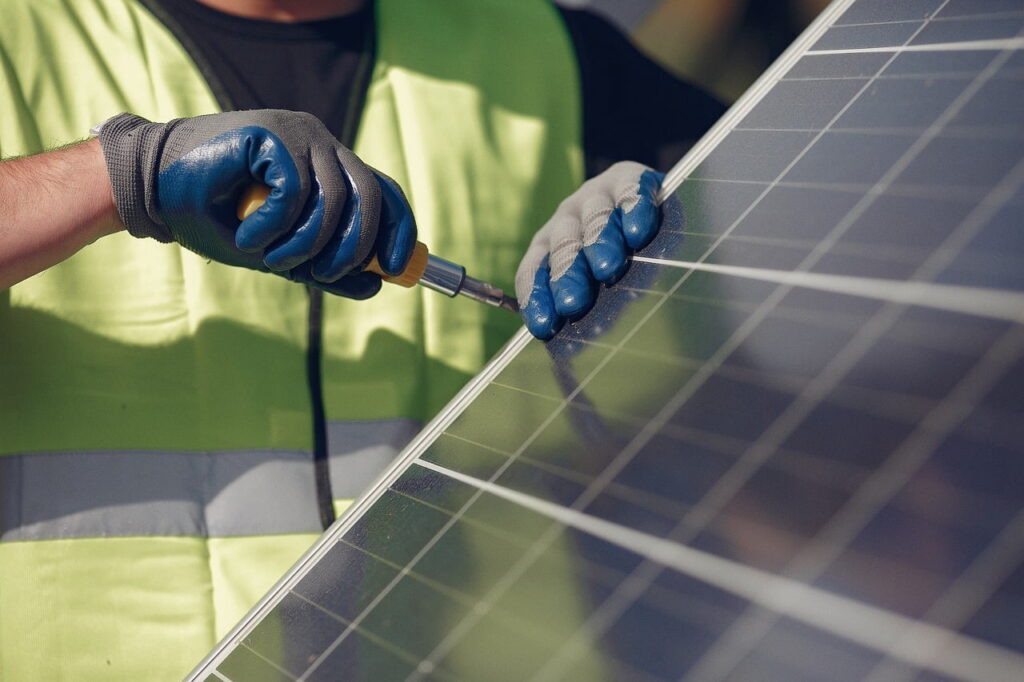Solar Cameras : Sustainable Surveillance with 4G/5G Connectivity
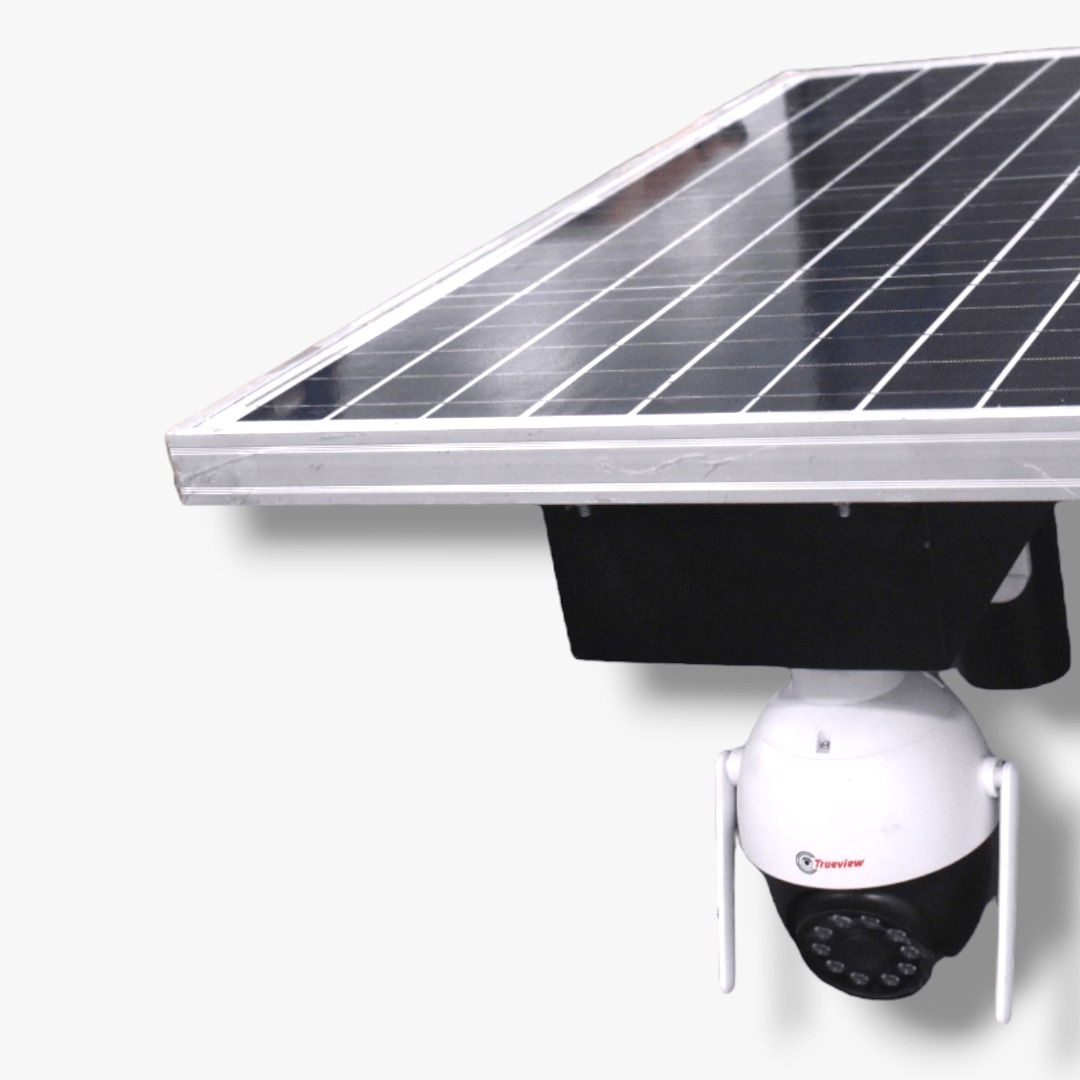
In the realm of sustainable technology, solar cameras have proven to be a game-changer for surveillance needs. As we celebrate their first anniversary, it’s essential to delve into the multitude of applications made possible by these devices, particularly with the integration of 4G connectivity. The combination of solar energy and high-speed wireless connectivity opens up new frontiers in remote surveillance and data accessibility.
- Off-Grid Surveillance
One of the primary advantages of solar cameras is their ability to operate off the grid. Remote locations, construction sites, agricultural fields, and natural reserves often lack a stable power supply. Solar cameras address this challenge by harnessing energy from the sun, ensuring continuous surveillance even in the most isolated areas. This feature is particularly valuable for security and monitoring purposes in regions with limited access to electricity.
- Environmentally Friendly Solutions:
Traditional surveillance systems are typically powered by electricity, contributing to carbon emissions and environmental degradation. Solar cameras, on the other hand, offer a green alternative by utilizing clean and renewable solar energy. This eco-friendly approach aligns with global efforts to reduce the carbon footprint of technology, making solar cameras a sustainable choice for businesses and organizations committed to environmental responsibility.
- Cost Efficiency
Solar cameras can significantly reduce operational costs associated with surveillance. Once installed, these cameras require minimal maintenance and eliminate the need for a continuous power supply. The initial investment in solar infrastructure pays off in the long run, providing a cost-effective solution for businesses looking to enhance security without incurring high ongoing expenses.
- Versatile Applications
The versatility of solar cameras extends beyond traditional security applications. These cameras can be deployed in various settings, such as:
Wildlife Conservation: Solar cameras enable non-intrusive monitoring of wildlife in natural habitats. Researchers and conservationists can observe animal behavior without disturbing their environment, contributing to biodiversity conservation efforts.
Agricultural Monitoring: Farmers can use solar cameras to monitor crop growth, detect pests, and assess irrigation needs. This real-time data helps optimize agricultural practices, leading to increased efficiency and reduced resource usage.
Traffic Management: Solar cameras are valuable for monitoring traffic conditions, managing congestion, and enhancing road safety. Their wireless capabilities allow for easy installation in urban and remote areas alike.
Disaster Response: In disaster-prone areas, solar cameras aid in monitoring and response efforts. From tracking natural disasters to assessing the aftermath, these cameras play a crucial role in disaster management.
- Remote Accessibility:
Solar cameras often come equipped with wireless connectivity, allowing users to access live feeds and recorded footage remotely. This feature enhances the efficiency of surveillance operations, enabling real-time monitoring and prompt response to incidents. Whether for home security or large-scale industrial applications, remote accessibility is a key advantage offered by solar-powered surveillance systems.
Conclusion
As we mark the first anniversary of solar cameras, it is evident that these innovative devices have the potential to revolutionize surveillance across various sectors. Their ability to operate off-grid, reliance on renewable energy, cost-effectiveness, versatility, and remote accessibility make them a sustainable and practical choice for businesses, organizations, and individuals alike. As technology continues to evolve, solar cameras stand as a shining example of how innovation can contribute to a more sustainable and secure future.
Saurally is one of leading manufacturers of Solar 4G Cameras, Solar Panels, Solar Street Lights and lithium batteries. Please contact us for more information.

